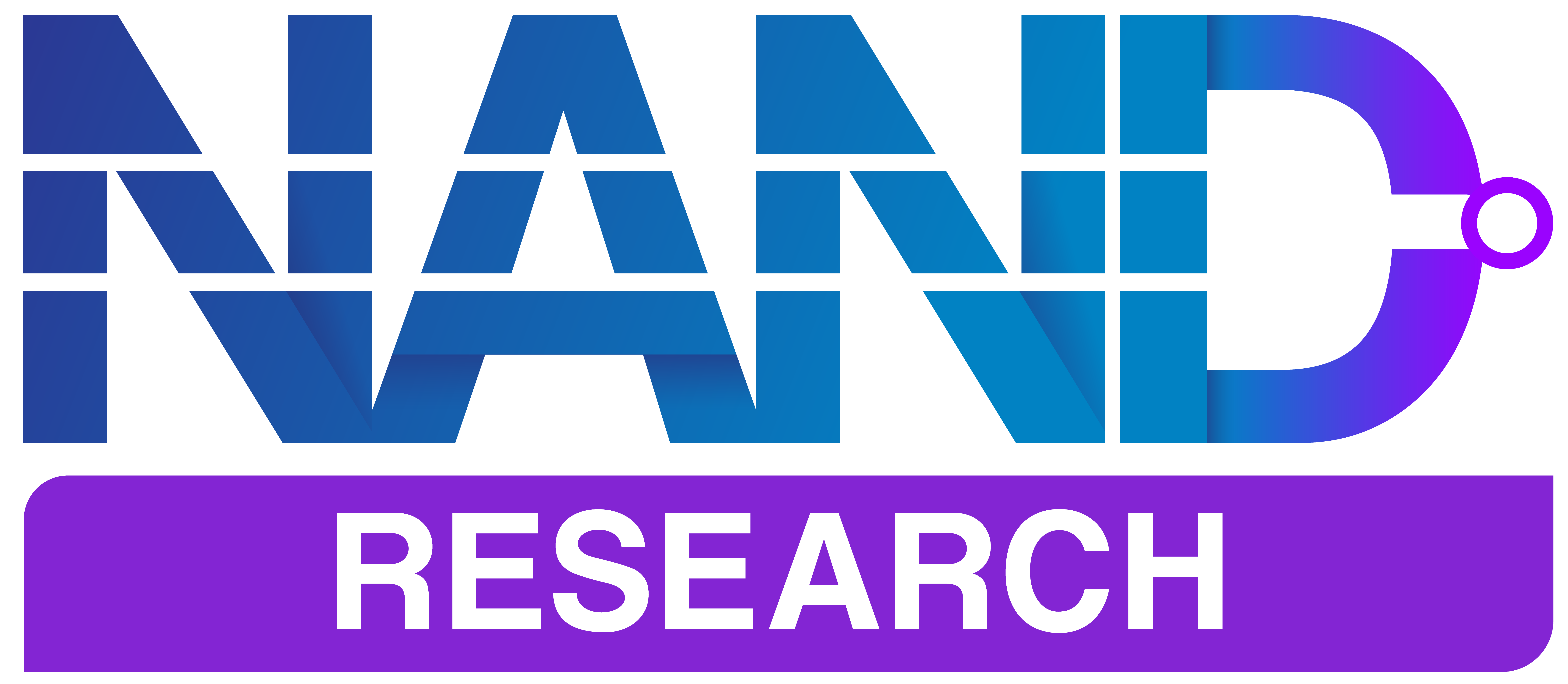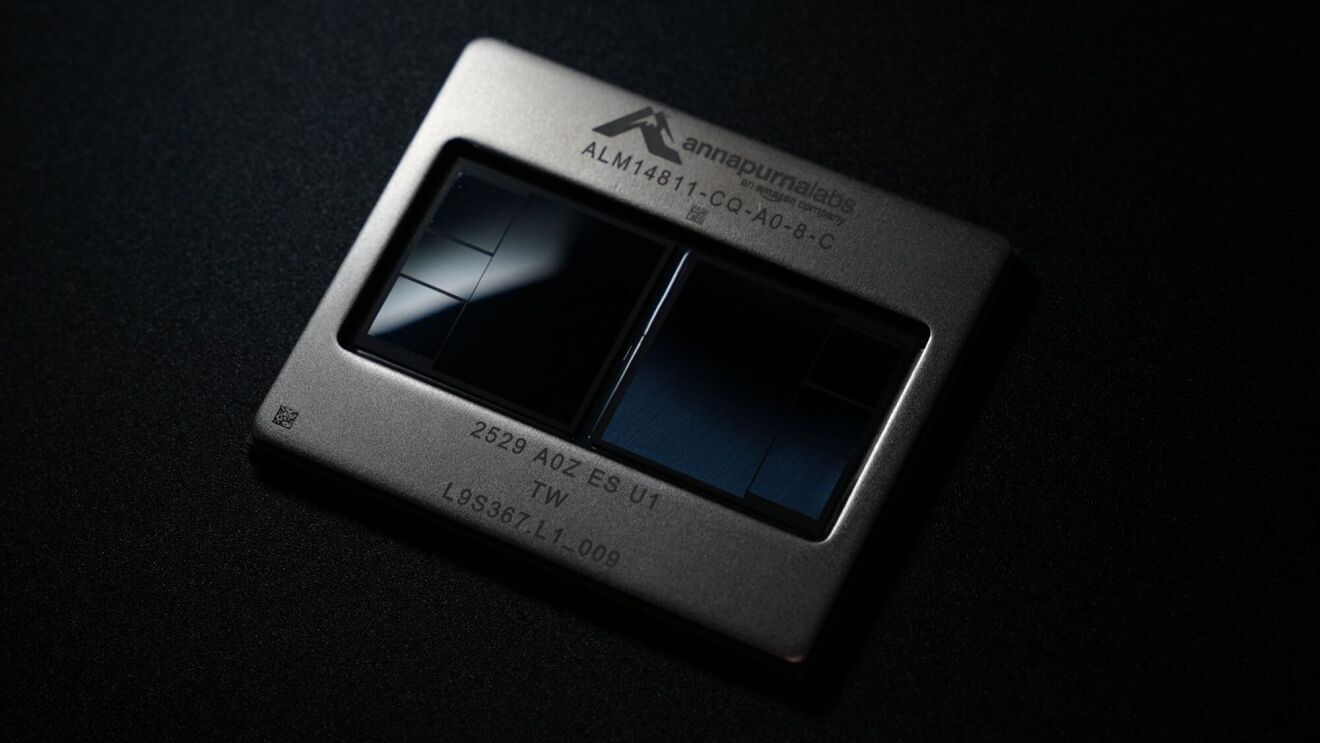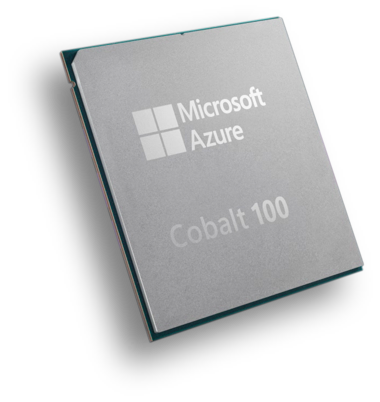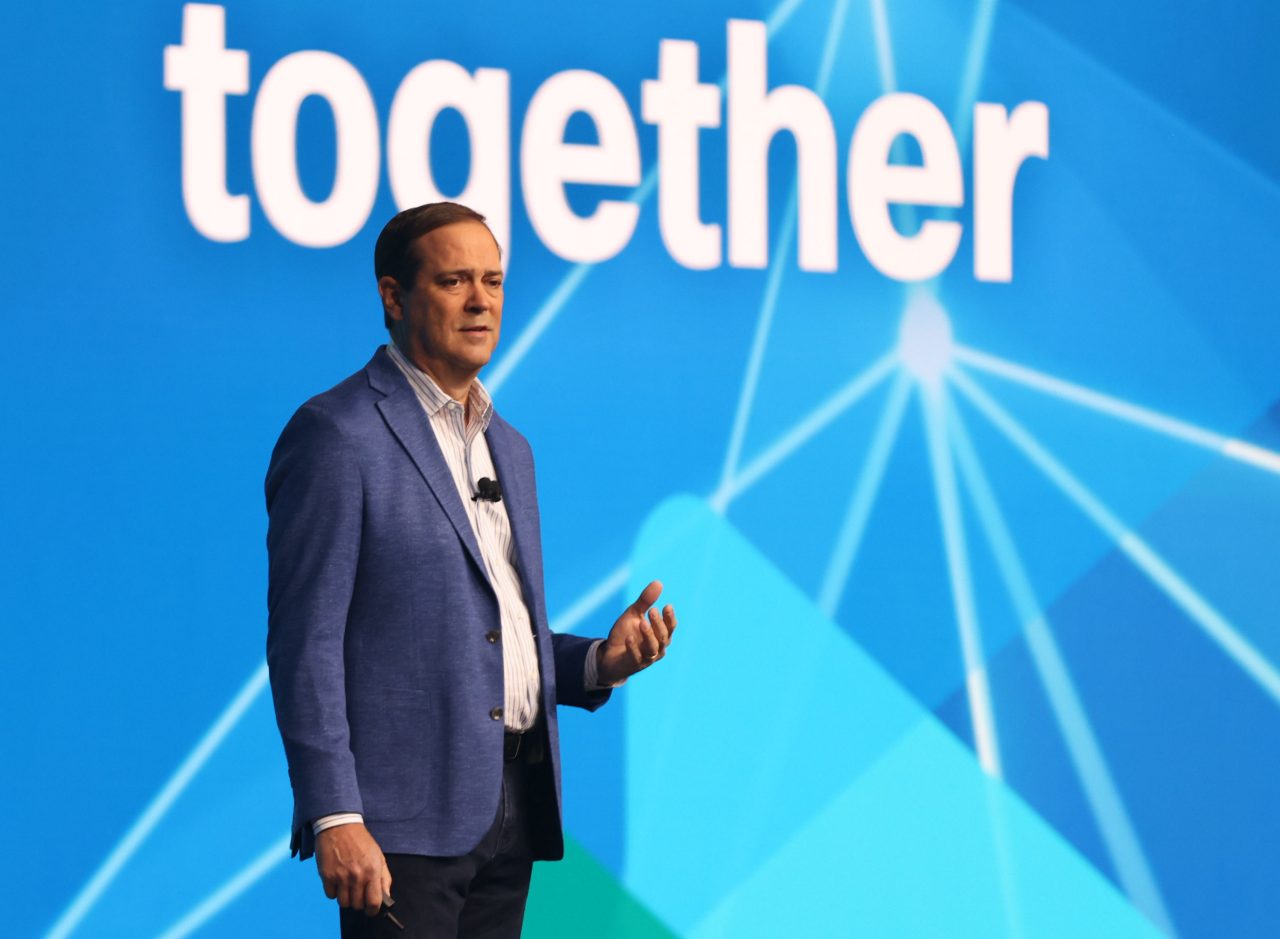Cisco has announced the fruits of its NVIDIA collaboration, unveiling new AI networking innovations. The announcement, marking a significant pivot for the industry giant, is a strategic embrace of open networking standards. While the partnership delivers a slew of advancements across enterprise, neocloud, and telecom, one particular detail stands out as a bellwether for the future of data centers: the Cisco N9100 series switch, built on NVIDIA Spectrum-X silicon, offers the choice of running either Cisco’s NX-OS or the open-source SONiC operating system.
This isn’t Cisco’s first foray into SONiC support (the 8000 series routers had it previously), but the N9100’s context makes it particularly impactful. It represents the first partner-developed data center switch based on NVIDIA Spectrum-X Ethernet switch silicon to formally offer SONiC. This isn’t just another option coming out of Cisco’s R&D; it’s a blueprint for the future. Let’s dig into the significance of the move.
The Significance of a Unified OS Choice
The N9100 series is designed as part of a NVIDIA Cloud Partner-compliant reference architecture for building high-performance AI data centers. By integrating SONiC directly into this critical, high performance infrastructure, Cisco is acknowledging and catering to several undeniable data center trends:
- The Rise of Disaggregation: For years, hyperscale cloud providers have championed disaggregated networking, separating hardware from software to achieve greater flexibility, control, and cost efficiency. SONiC, born out of Microsoft Azure, is the poster child for this movement. Cisco’s native support for SONiC on its NVIDIA-powered hardware signals that this trend is no longer confined to the largest cloud operators but is becoming a mainstream expectation even within partner ecosystems. Enterprises and sovereign clouds building AI factories now demand similar levels of control and choice.
- AI Demands Openness and Performance: AI and Machine Learning (ML) workloads are driving unprecedented demands on network infrastructure, requiring ultra-low latency, massive bandwidth, and predictable performance. NVIDIA’s Spectrum-X silicon is engineered precisely for these challenges. By pairing this high-performance hardware with SONiC, the solution leverages the best of both worlds: specialized, accelerated hardware and a flexible, programmable, and scalable open-source network operating system. This combination is becoming the gold standard for AI network design, allowing for rapid innovation and customization crucial for evolving AI models.
- Vendor Neutrality and Ecosystem Integration: Offering SONiC provides a level of vendor neutrality at the OS layer. Customers who have standardized on SONiC for their network operations and automation can seamlessly integrate the new Cisco N9100 into their existing infrastructure, regardless of their legacy networking vendor. This fosters a more inclusive ecosystem where customers can choose best-of-breed hardware while maintaining a consistent operational model. It also strengthens NVIDIA’s broader strategy of building an open, accelerated Ethernet fabric for AI.
- Operational Consistency Across Diverse Hardware: For organizations managing vast and complex networks, a unified operating model is invaluable. The ability to run SONiC on different hardware platforms, including now Cisco’s NVIDIA-based switches, allows for consistent automation, telemetry, and troubleshooting tools across the network. This simplifies operations, reduces training costs, and minimizes human error in environments that are only growing in complexity. This is especially important given the industry trend of shrinking enterprise IT networking teams.
In essence, Cisco’s move with the N9100 is a powerful validation of the open networking movement within the high-performance AI domain. It underscores a future where powerful, specialized hardware meets the flexibility and community-driven innovation of open-source software, driving efficiency, performance, and choice for the next generation of data centers.





